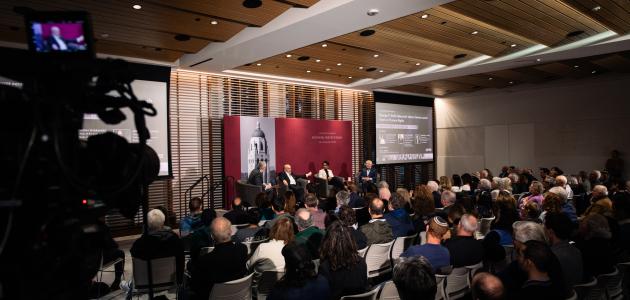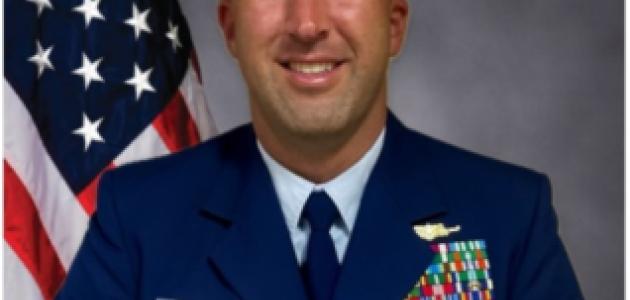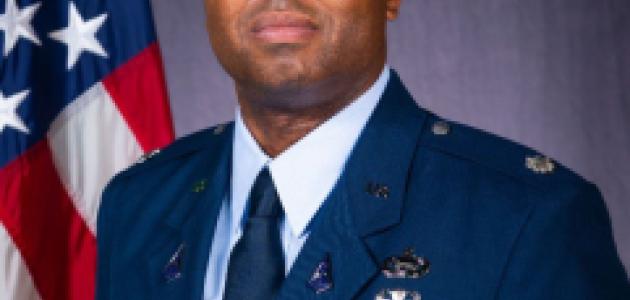- A visiting scholar from China who sought help from an American research university to develop swarms of offensive drones that could attack and overwhelm an aircraft carrier.
- A partnership between U.S. and Chinese university researchers aimed at developing artificial intelligence (AI) technology that can guide the atmospheric reentry of hypersonic vehicles.
- A partnership between the United States and China with the purpose of leveraging AI to enhance the acoustic detection of submarines in bodies of water surrounding Asia.
All these technological research projects have actually occurred or been proposed— despite the glaring US national security risks they pose and without proper regulatory oversight and the application of appropriate security measures.
It’s exactly these sorts of scenarios that participants in the Pacific regional meeting of the National Science, Technology, and Security Roundtable, by the Hoover Institution, Stanford University, and the National Academy of Sciences on January 23 and 24, discussed how to best avoid.
For much of the two-day meeting, scholars, government representatives, and industry leaders addressed how best to safeguard academic research from malign foreign influence, theft, and manipulation while encouraging academics to continue to participate in valuable international research collaborations.
The pressing question to many was: Who should guide and oversee academics to ensure that they avoid partnerships that conflict with US national security interests?
Consistently, speakers placed this responsibility with regulatory, law enforcement, and intelligence agencies.
Hoover Institution director Condoleezza Rice recalled a recent conversation she had with a national security official, in which she stressed it is not a research institution’s responsibility to vet and surveil a foreign academic participating in research on campus.
Speakers from other US universities described the difficulty in adequately funding and implementing research security and review programs on their campuses.
Some spoke of federal rules excluding foreign nationals from participating in certain technological research, saying that such rules created barriers in attracting and recruiting foreign academic talent.
One academic suggested that the relatively low pay within his university network could make some US staff members susceptible to leaking intellectual property or other confidential information to a foreign power in exchange for money.
Other participants expressed doubt and confusion about what the actual rules are for participating in and disclosing foreign research partnerships and said that federal agencies need to do more to provide guidance for universities and academics on how to best navigate them.
In response, representatives from federal agencies including the Department of Energy, Department of State, National Institutes of Health, and Department of Defense all provided examples of how they are acting with urgency to provide standardized procedures and counsel to scholars to help them understand expected protocols and how best to detect offers and projects that may contradict US national security interests.
For its part, said Stanford president Richard Saller, the university he leads has developed an effort to mitigate security risks from foreign research collaborations on campus.
“Stanford is working to monitor the risks that come with international exchange of ideas,” Saller explained. “In 2019, the university created a global engagement review program to advise the faculty and administration on foreign influence risks associated with collaboration and visitors.”
In several instances throughout the conference, speakers emphasized that all efforts to protect research from foreign influence, interference, and theft must avoid xenophobic rhetoric or discriminatory regulation, and that the emphasis on states such as China as entities of concern does not refer to their scholars or their families but instead to the known policies of the Xi Jinping government.
Participants at the conference acknowledged that despite ongoing tensions between China and the United States, research collaborations between the two nations continue to yield fruitful outcomes.
The sentiment underscored by speakers throughout the conference was an expressed desire to preserve openness and willingness for foreign research collaboration, along with an understanding that the current climate dictates that firms, institutions, and governments maintain a heightened state of vigilance.
"The conversation is one that needs to take place among us,” Rice told attendees. “It needs to take place with the US government. It needs to take place with intelligence agencies. And we need to see if we can bridge these very different worlds [academia and national security] that I have experienced (throughout my career).”























